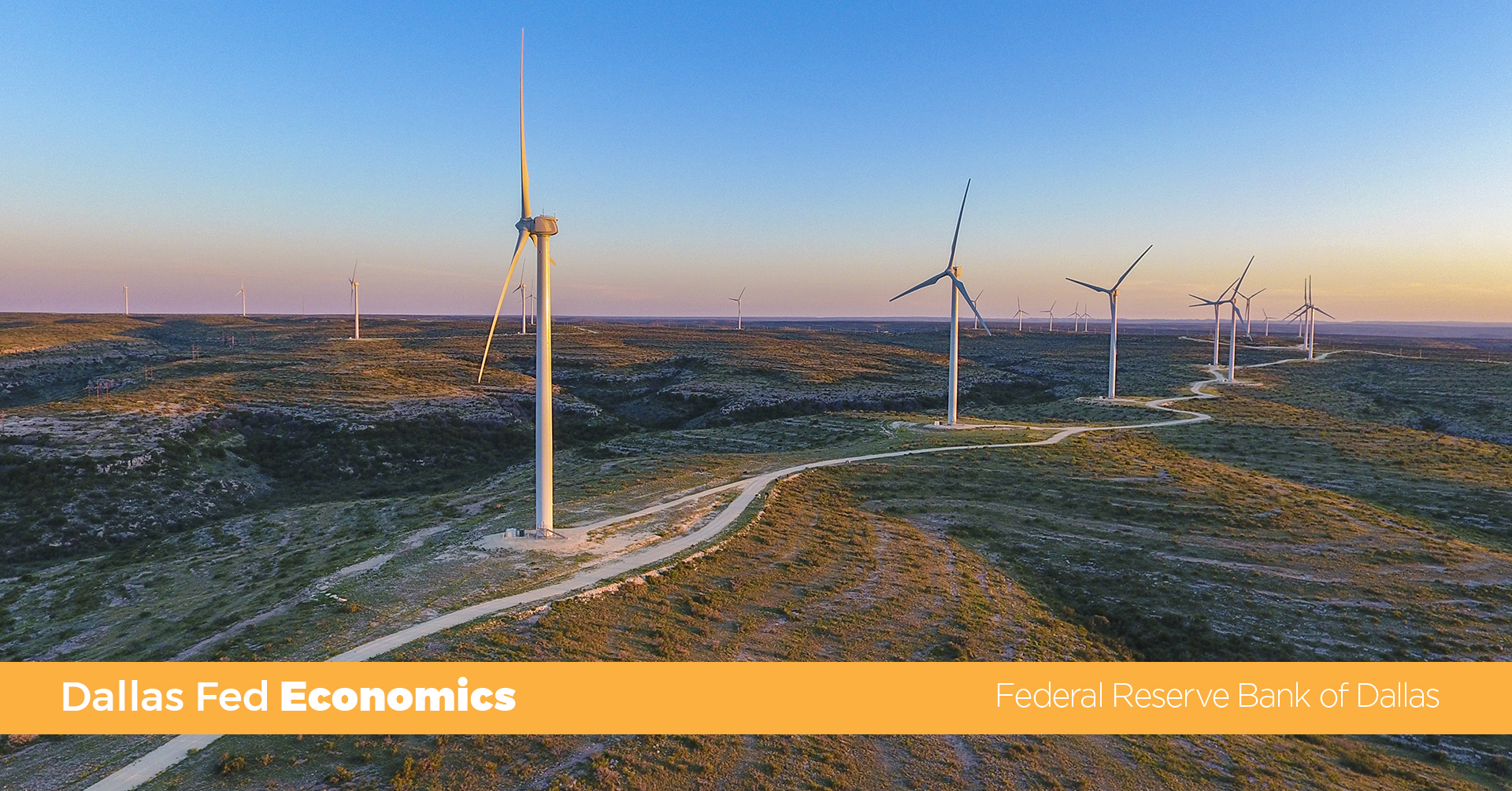You don't have to wait. Just ask China how much their HVDC infrastructure cost to build and you'll get your answer.
Currently with SpaceX (falcon 9), the per kg launch cost is $2700/kg (max payload capacity of 22,800kg). Currently a 300w solar panel weighs ~20kg (roughly converts to 70kg for 1kw worth of panels). So simply launching the solar panels (without supporting structural members nor wireless transmissions devices) would cost $189,000 / kw of power produced (haven't even factored in transmission losses yet). And each rocket launch can only bring up 325kw worth of solar panels. So just to launch 1GW of solar panels into space would already cost $189B and require over 3000 Falcon 9 rocket launches!
Starship will lower launch costs significantly, but you're still looking at decades of launches and tens of billions of dollars just to bring up 1GW of solar panels. Assuming you can convince Elon to dedicate starship launch capacity for solar panels instead of preparing for Mars colonization. And don't forget that meteorites will perforate the array into uselessness unless you have multiple redundant connections per panel.
Really, space-based solar power is a fantasy that ignored the realities of infrastructure and launch costs and their capacities. If the solar panels can be made in space, then it makes sense to deploy them out there, until then, keep the earth-made panels on earth.






